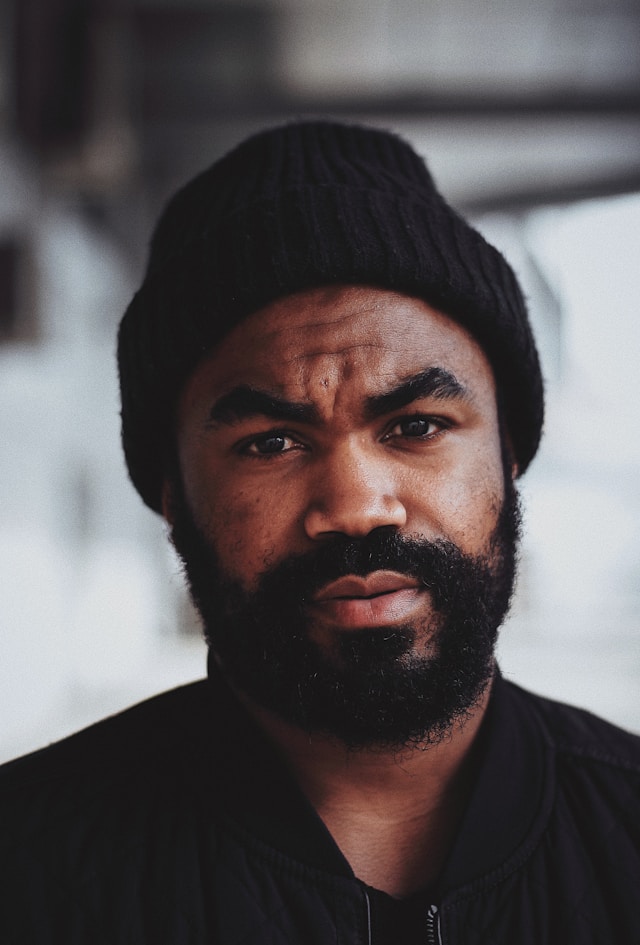Behind the Glass (2018) Ending Explained
tl;dr
The ending of Behind the Glass reveals that the protagonist, a reclusive artist named Daniel, has been trapped in a psychological loop orchestrated by his own guilt and trauma. The film's final scenes blur the lines between reality and hallucination, as Daniel confronts the truth about his past-a tragic accident involving his late wife. The ambiguous conclusion leaves viewers questioning whether Daniel has broken free from his self-imposed prison or succumbed to it entirely, with subtle hints suggesting a cyclical fate. The film's haunting atmosphere and unreliable narration make the ending open to interpretation, emphasizing themes of grief, isolation, and the unreliability of memory.
Detailed Explanation of the Ending
The climax of Behind the Glass unfolds as Daniel, who has spent the film obsessively painting the same surreal landscape, finally completes his masterpiece. The painting eerily mirrors the recurring visions he's been experiencing-a fractured, dreamlike version of his home, where shadows move independently and reflections speak to him. In the final act, Daniel smashes a mirror, a recurring motif symbolizing his fractured psyche, and steps through it, entering the world of his painting. This moment is pivotal, as it suggests a literal or metaphorical crossing into madness or redemption. The film leaves it ambiguous whether this act represents his liberation or his final surrender to delusion.
Unresolved Questions and Possible Answers
1. Is Daniel alive or dead at the end?
- He's alive but trapped in his mind. The painting could represent a purgatory of his own making.
- He's dead, and the ending is his afterlife. The shattered mirror could symbolize the breaking of the veil between life and death.
2. Was his wife's death an accident or something more sinister?
- It was an accident, and his guilt has distorted his memory.
- He was indirectly responsible, and his subconscious is punishing him.
3. What is the significance of the recurring shadow figures?
- They're manifestations of his guilt, haunting him for his past actions.
- They're real entities, suggesting a supernatural layer to the story.
Themes and Symbolism
The ending reinforces the film's central themes of guilt and self-imposed isolation. The glass-whether as mirrors, windows, or the “glass” of the painting-serves as a barrier between Daniel and reality. By shattering it, he either destroys his illusions or seals his fate within them. The painting itself acts as a metaphor for artistic obsession and the inability to move on from trauma. The film's muted color palette and eerie sound design amplify the sense of unease, making the ending feel like a natural culmination of Daniel's unraveling. The cyclical structure (hinted at by recurring imagery) suggests that his journey may repeat indefinitely, a purgatory of his own creation.
Personal Opinion
Behind the Glass is a masterclass in psychological horror, and its ending is both devastating and brilliant. The ambiguity works in its favor, allowing viewers to project their own interpretations onto Daniel's fate. I lean toward the idea that he's trapped in a loop of his own guilt, unable to forgive himself. The film's slow burn pays off in the final moments, where the line between art and reality dissolves. However, some might find the lack of concrete answers frustrating. For me, the unresolved nature of the ending lingers like a haunting melody, making the film unforgettable. It's a powerful exploration of how grief can warp perception, and the final scene-whether literal or metaphorical-is a perfect encapsulation of that idea.
Final Thoughts
The ending of Behind the Glass is designed to linger in the viewer's mind long after the credits roll. By refusing to provide clear answers, the film invites repeated viewings and deep analysis. Whether Daniel's fate is tragic or transcendent depends on how one interprets the film's dense symbolism. What's undeniable is the emotional impact of the conclusion-a poignant reminder of how the past can imprison us, and how art can be both a refuge and a cage. The film's brilliance lies in its ability to make the audience feel as unsettled and introspective as its protagonist, leaving us to question our own reflections long after the screen goes dark.
